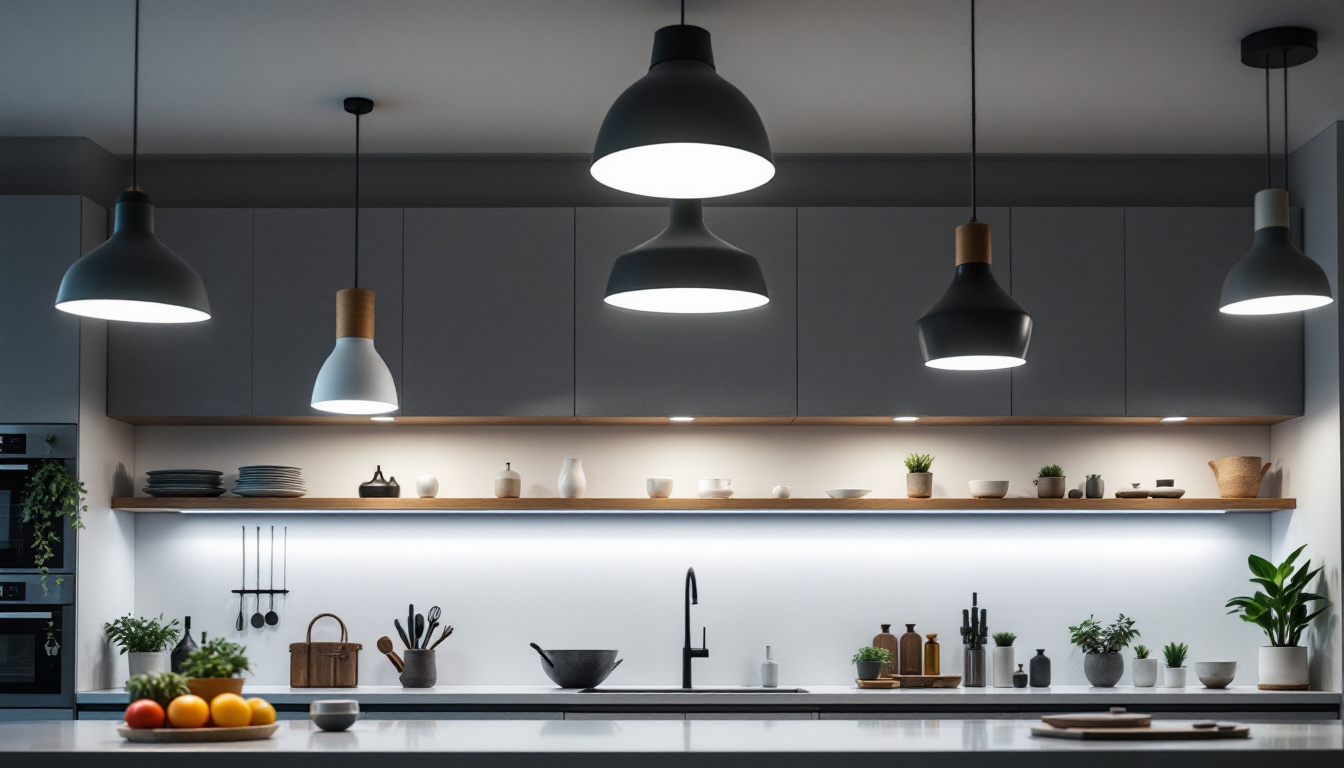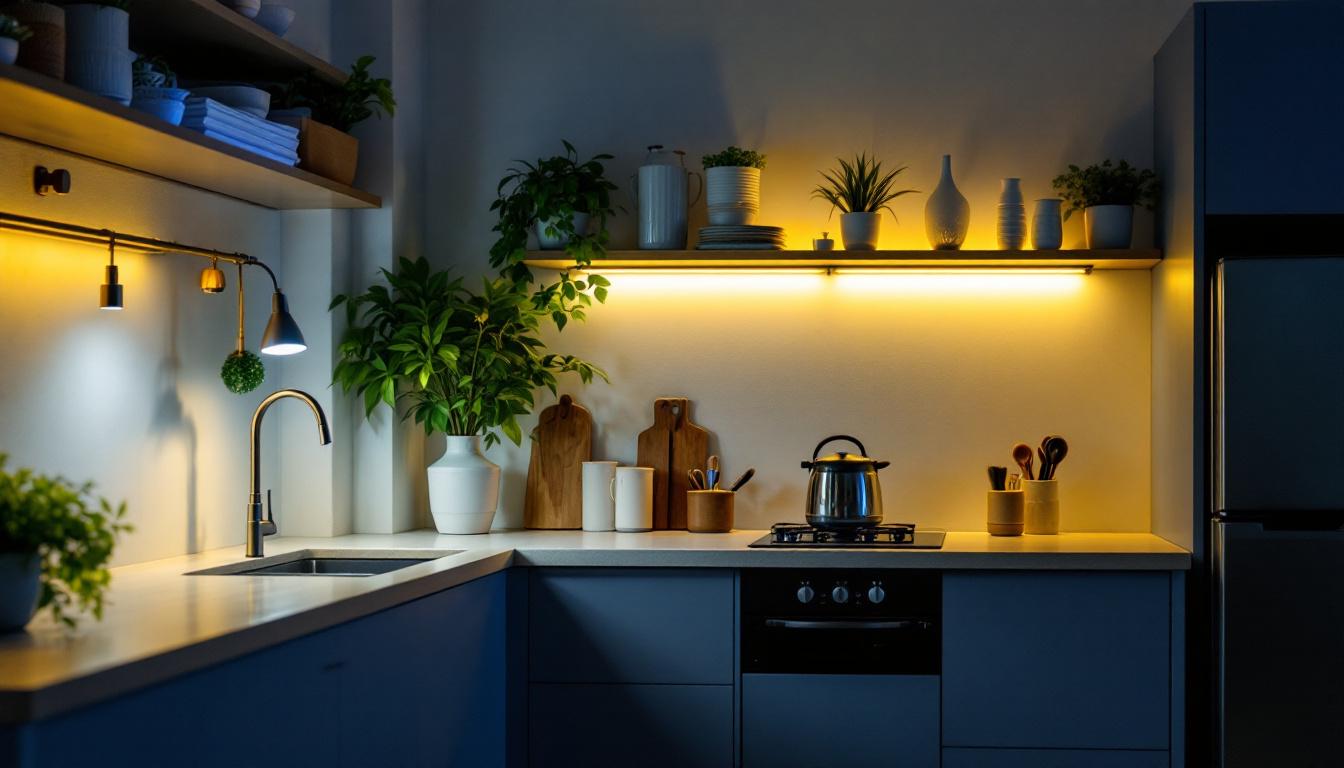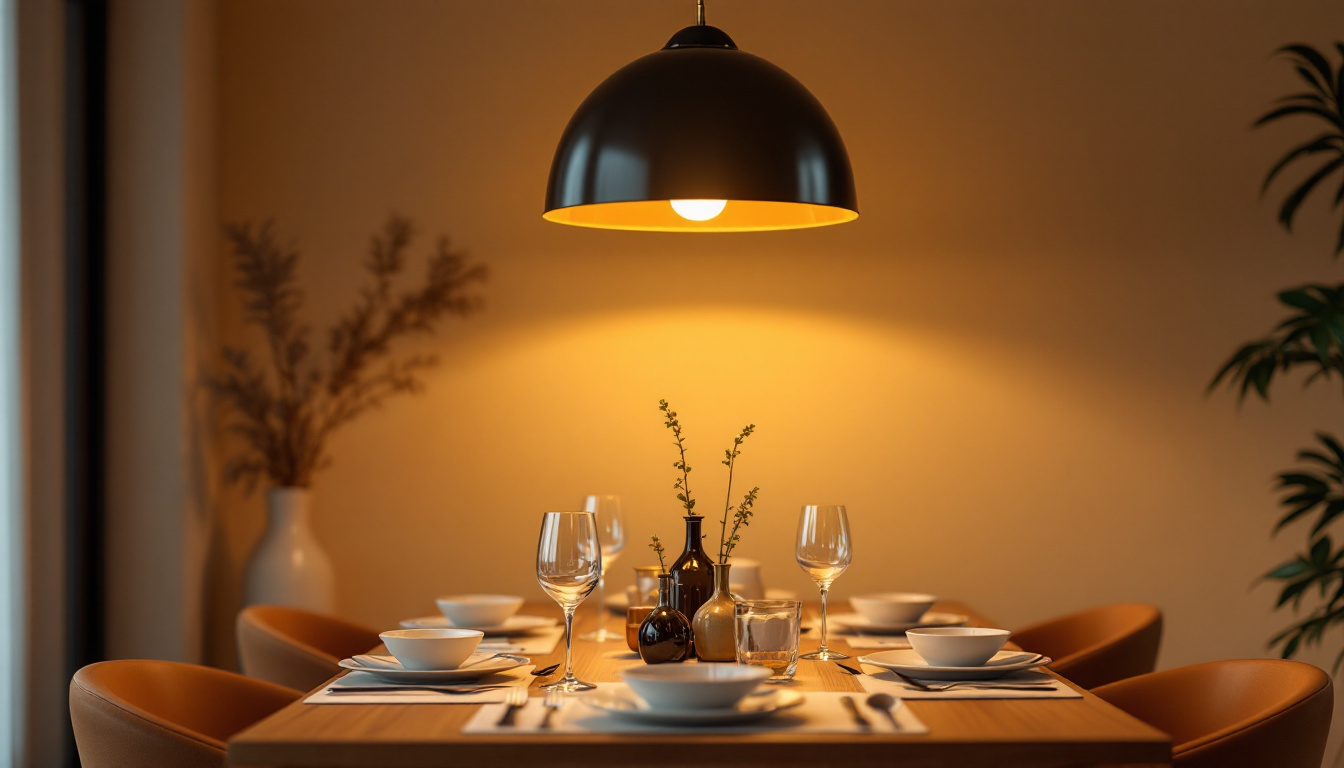
The kitchen is often considered the heart of the home, and proper lighting plays a crucial role in its functionality and aesthetic appeal. For lighting contractors, understanding the compliance requirements surrounding kitchen light fixtures is essential. This article delves into the various aspects of compliance that contractors need to be aware of, ensuring that installations are not only visually appealing but also meet necessary regulations.
Compliance in kitchen lighting involves adhering to local codes, safety standards, and energy efficiency regulations. These requirements can vary significantly depending on the location and type of installation. Familiarity with these regulations is vital for lighting contractors to avoid potential legal issues and ensure client satisfaction.
Local building codes dictate the minimum safety standards for electrical installations, including kitchen lighting. These codes often cover aspects such as fixture placement, wiring methods, and circuit requirements. Contractors must familiarize themselves with the specific codes applicable in their area to ensure compliance.
For instance, some jurisdictions may require that light fixtures be installed at a certain height above countertops or that they are placed away from water sources to prevent electrical hazards. Keeping abreast of these regulations is crucial for successful installations. Additionally, local codes may also stipulate the use of specific types of lighting, such as LED or fluorescent, to promote energy efficiency and reduce overall electricity consumption. Understanding these nuances can help contractors make informed decisions that align with both compliance and client preferences.
The National Electrical Code (NEC) provides a comprehensive set of guidelines for electrical installations across the United States. It includes specific provisions for kitchen lighting, such as the requirement for GFCI (Ground Fault Circuit Interrupter) protection in areas where water may come into contact with electrical fixtures.
Contractors should be well-versed in the NEC, as it serves as a baseline for safety standards. Regular updates to the code mean that staying informed is essential. This can be achieved through continuing education and training programs that focus on electrical safety and compliance. Moreover, understanding the NEC also involves recognizing the importance of load calculations, which help ensure that the electrical system can handle the demands of modern kitchen appliances and lighting fixtures. This knowledge not only enhances safety but also improves the efficiency of the electrical system, ultimately benefiting both the contractor and the homeowner.
In addition to safety regulations, energy efficiency standards play a significant role in kitchen lighting compliance. These standards are designed to reduce energy consumption and promote sustainable practices in residential and commercial settings.
Energy Star is a widely recognized certification that indicates a product meets specific energy efficiency criteria. For kitchen light fixtures, this certification can be an essential selling point for contractors. Clients are increasingly seeking energy-efficient solutions, and offering Energy Star-rated fixtures can enhance a contractor’s reputation and marketability.
Contractors should familiarize themselves with the Energy Star program and the criteria that fixtures must meet to qualify. This knowledge not only aids in compliance but also helps in advising clients on the long-term cost savings associated with energy-efficient lighting.
Light Emitting Diodes (LEDs) have become a popular choice for kitchen lighting due to their energy efficiency and longevity. Many local codes and energy efficiency programs encourage or mandate the use of LED fixtures in new installations and renovations. Understanding the benefits and specifications of LED lighting can help contractors make informed recommendations to their clients.
Moreover, contractors should be aware of the various types of LED fixtures available, including recessed lights, pendant lights, and under-cabinet lighting. Each type serves a unique purpose and can contribute to a well-lit kitchen environment.
Choosing the right type of light fixture is crucial for both functionality and compliance. There are several types of fixtures that contractors should consider when planning kitchen lighting installations.
Recessed lighting is a popular choice for kitchens due to its sleek and unobtrusive design. These fixtures can be installed in ceilings, providing ambient lighting without taking up space. However, contractors must ensure that the fixtures are installed at the correct height and distance from walls and cabinets to comply with local codes.
Additionally, the selection of bulbs for recessed lighting should align with energy efficiency standards. LED options are often recommended for their longevity and lower energy consumption.
Pendant lights add a stylish touch to kitchen islands and dining areas. They come in various designs, allowing for personalization while still adhering to compliance standards. When installing pendant lights, contractors should consider the height at which they are hung to ensure adequate illumination and safety.
Moreover, pendant lights can be a focal point in kitchen design, making it essential for contractors to guide clients in selecting fixtures that complement the overall aesthetic of the space.
Under-cabinet lighting is instrumental in enhancing visibility on countertops and workspaces. This type of lighting can be achieved through LED strips or small fixtures installed beneath cabinets. Compliance considerations include ensuring that the fixtures are rated for use in kitchens and that they do not pose any fire hazards.
Contractors should also educate clients on the benefits of under-cabinet lighting, such as improved task lighting and energy efficiency. This can help clients make informed decisions about their kitchen lighting design.
Proper installation is key to ensuring compliance with safety and efficiency standards. Lighting contractors must adhere to best practices during the installation process to avoid potential issues down the line.
When installing kitchen light fixtures, contractors must ensure that the wiring is adequate for the load of the fixtures. This includes using the appropriate gauge wire and ensuring that circuits are not overloaded. Adhering to NEC guidelines regarding circuit breakers and GFCI protection is also essential.
Additionally, contractors should be aware of the importance of proper grounding for fixtures, especially in areas prone to moisture. This not only ensures compliance but also enhances the safety of the installation.
Correct placement and spacing of light fixtures are critical for achieving optimal lighting levels in the kitchen. Contractors should consider factors such as the size of the kitchen, the height of ceilings, and the specific tasks that will be performed in different areas.
For example, ambient lighting should be evenly distributed, while task lighting should be focused on work areas such as countertops and islands. Proper planning and measurement can prevent dark spots and ensure a well-lit environment.
Effective communication with clients is essential for successful kitchen lighting projects. Lighting contractors should take the time to educate clients about compliance requirements, fixture options, and the benefits of energy efficiency.
Contractors should be transparent with clients about the compliance requirements that will impact their kitchen lighting project. This includes discussing local building codes, NEC guidelines, and energy efficiency standards. By providing this information, contractors can help clients understand the importance of compliance and the potential consequences of neglecting it.
Moreover, clear communication can foster trust and confidence in the contractor’s expertise, leading to a more positive working relationship.
Helping clients select the right fixtures is a crucial aspect of the contractor’s role. This involves not only understanding the aesthetic preferences of the client but also ensuring that the chosen fixtures comply with safety and energy efficiency standards. Contractors should present a range of options that meet these criteria while also fitting the client’s vision for their kitchen.
Additionally, discussing the long-term benefits of energy-efficient fixtures can help clients make informed decisions that align with their budget and sustainability goals.
The lighting industry is constantly evolving, with new technologies and trends emerging regularly. Lighting contractors must stay informed about these developments to provide the best service to their clients.
Advancements in lighting technology, such as smart lighting systems, are becoming increasingly popular. These systems allow for greater control over lighting levels and can enhance energy efficiency. Contractors should familiarize themselves with these technologies to offer clients innovative solutions that meet modern demands.
Understanding how to integrate smart lighting with existing systems and ensuring compliance with relevant standards will position contractors as knowledgeable and reliable professionals in the field.
Kitchen design trends also influence lighting choices. For instance, minimalist designs may call for sleek, unobtrusive fixtures, while more traditional spaces might benefit from decorative pendant lights. Contractors should keep an eye on design trends to provide clients with options that not only comply with regulations but also enhance the overall aesthetic of their kitchens.
By staying updated on both technology and design trends, contractors can offer valuable insights and recommendations to clients, ensuring that their kitchens are both functional and stylish.
Compliance in kitchen lighting is a multifaceted issue that requires lighting contractors to be well-informed about local codes, safety standards, and energy efficiency regulations. By understanding the various types of fixtures available, adhering to best installation practices, and maintaining open communication with clients, contractors can ensure successful and compliant kitchen lighting projects.
As the industry continues to evolve, staying updated on emerging technologies and design trends will further enhance a contractor’s ability to deliver exceptional service. Ultimately, a commitment to compliance, quality, and client education will set contractors apart in a competitive market.
Ready to elevate your kitchen lighting installations with compliance and quality in mind? Look no further than LumenWholesale for an exceptional range of spec-grade lighting products at wholesale prices. Our commitment to providing contractors with the best value means you can access premium lighting solutions that meet the highest industry standards, without the burden of inflated markups. Plus, with free shipping on bulk orders, you can stock up on everything you need to make your projects shine. Don’t compromise on quality or cost—choose LumenWholesale for your lighting needs and experience the difference. Wholesale Lighting at the Best Value is just a click away.

Discover common under counter LEDs mistakes lighting contractors make and learn expert tips to avoid costly errors.

Discover expert insights on selecting the perfect ceiling lamps for your dining room with our comprehensive guide.

Discover the science of light bulb decor and its transformative impact on spaces.

Discover expert strategies for optimal recessed lighting placement in kitchens.